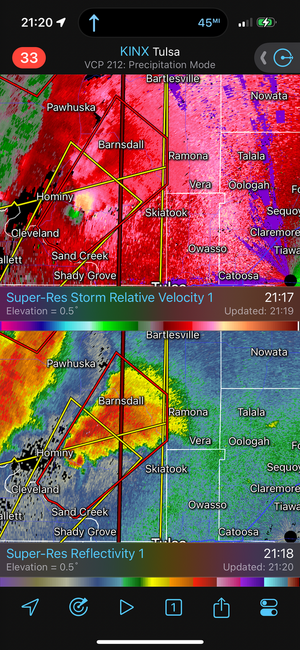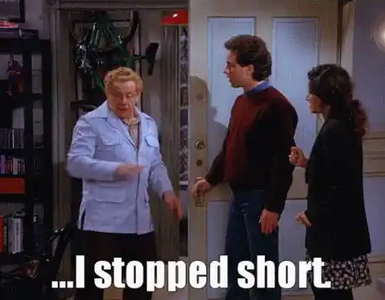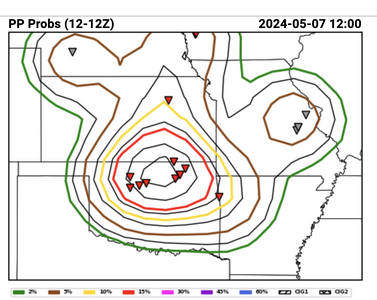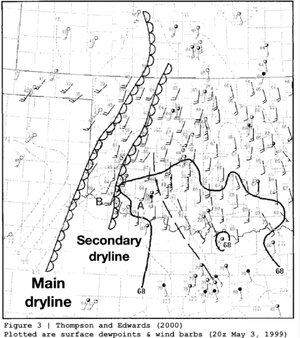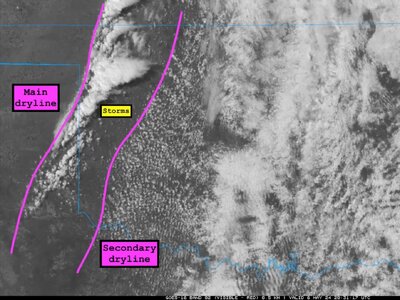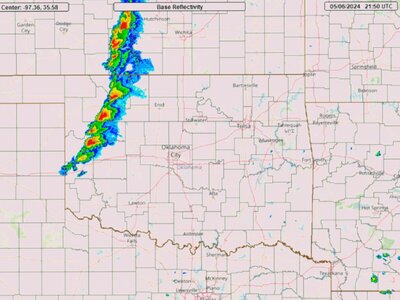Brian McKibben
EF3
This is the old High Risk probability and intensity requirements. Per old standards, yesterday definitely didn't live up to the standard.
A HIGH risk area suggests a major severe weather outbreak is expected, with a high concentration of severe weather reports and an enhanced likelihood of extreme severe (i.e., violent tornadoes or very damaging convective wind events occurring across a large area). In a high risk, the potential exists for 20 or more tornadoes, some possibly F2 or stronger, or an extreme derecho potentially causing widespread wind damage and higher end wind gusts (80+ mph) that may result in structural damage.
A HIGH risk area suggests a major severe weather outbreak is expected, with a high concentration of severe weather reports and an enhanced likelihood of extreme severe (i.e., violent tornadoes or very damaging convective wind events occurring across a large area). In a high risk, the potential exists for 20 or more tornadoes, some possibly F2 or stronger, or an extreme derecho potentially causing widespread wind damage and higher end wind gusts (80+ mph) that may result in structural damage.

